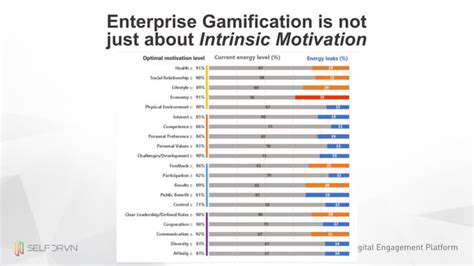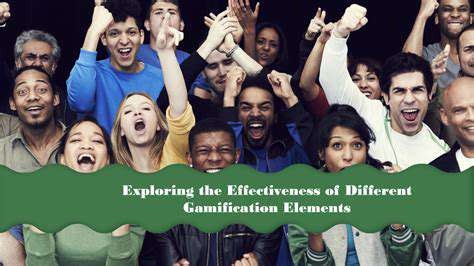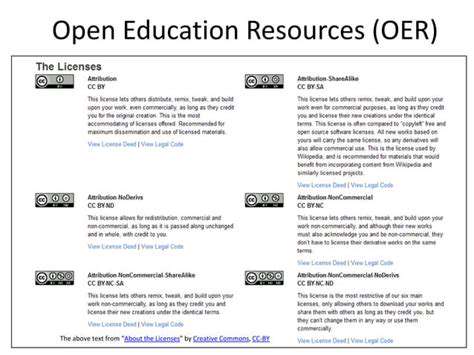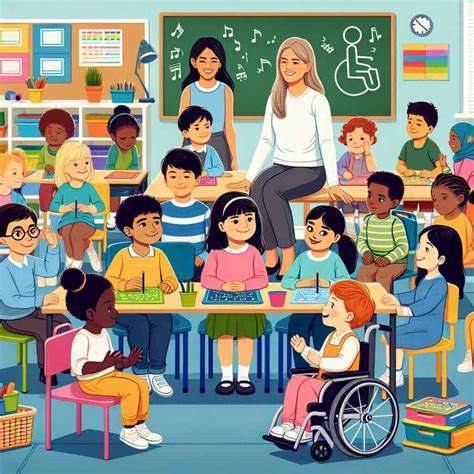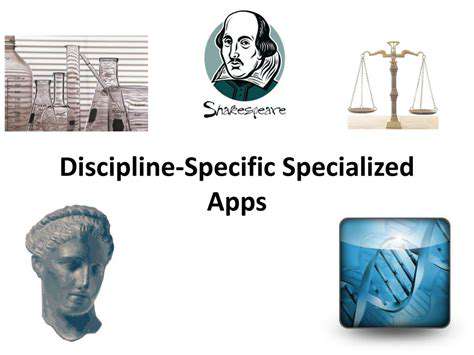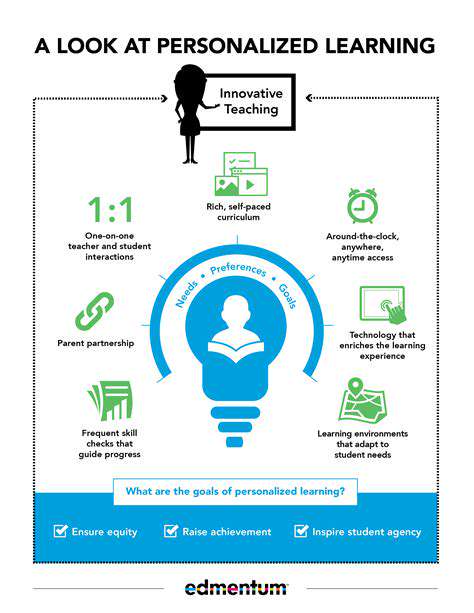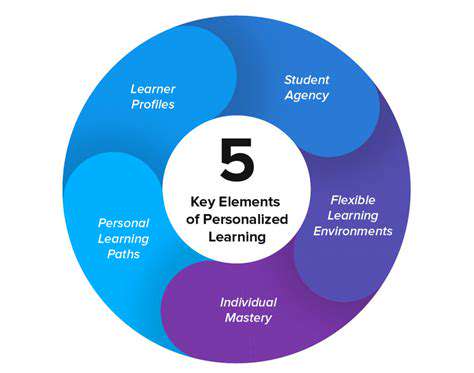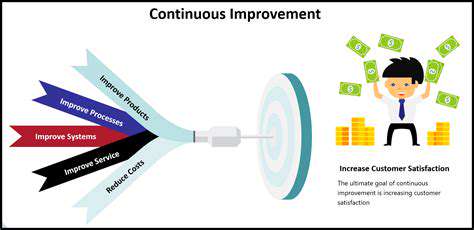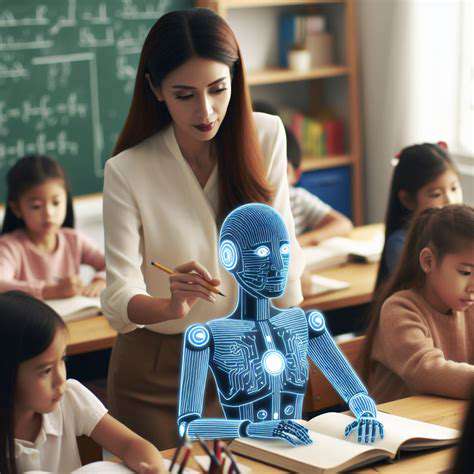Personalized Learning: Cultivating Critical Thinkers
Understanding Diverse Learning Needs
Differentiated instruction is a crucial component of personalized learning, acknowledging that students learn at different paces and in different ways. Recognizing these diverse learning needs is the first step toward creating a supportive and effective learning environment. This involves understanding the various cognitive, physical, emotional, and social factors that influence a student's ability to process information and engage with the curriculum. Teachers must be observant and actively seek out information about each student's strengths, weaknesses, learning styles, and preferences to tailor instruction accordingly. This process goes beyond simply adapting the content; it also considers the methods and activities used to present and reinforce learning.
For example, a student who is a visual learner might benefit from diagrams and charts, while an auditory learner might respond better to lectures and discussions. A kinesthetic learner might excel in hands-on projects and activities. Understanding these differences allows educators to provide multiple avenues for engagement and comprehension, ensuring that all students have the opportunity to succeed.
Adapting Curriculum and Instruction
Once diverse learning needs are understood, teachers can adapt curriculum and instruction to meet those needs. This might involve modifying the pacing of instruction, providing varied levels of support, and offering different types of assessments. For instance, a student struggling with a particular concept might need more time to grasp the material, additional practice exercises, or a different presentation method. Similarly, a student excelling in the subject matter might be challenged with more complex assignments or opportunities for independent research and exploration.
Adapting instruction also involves using a range of instructional strategies. Employing varied teaching methods, including group work, individual projects, presentations, and technology-based activities, allows students to engage with the material in ways that best suit their learning preferences and styles. This flexibility ensures that all students are actively involved in the learning process and can experience success.
Utilizing Assessment Strategies
Effective differentiated instruction relies on ongoing assessment to monitor student progress and adjust instruction as needed. Traditional assessments, such as tests and quizzes, can provide valuable information, but they should be complemented by a range of other assessment methods. Observations, portfolios, and projects can offer more nuanced insights into student understanding and learning styles. This holistic approach to assessment allows teachers to gain a comprehensive understanding of each student's strengths, weaknesses, and learning preferences, enabling them to tailor instruction to meet each student's unique needs.
By incorporating a variety of assessment strategies, teachers can identify students who might require additional support or enrichment activities. This proactive approach ensures that all students are challenged appropriately and have the opportunity to succeed in their learning journeys. It’s about gathering data to understand how students are learning and adapting the instruction to improve their understanding.
Creating an Inclusive Learning Environment
A supportive and inclusive learning environment is essential for differentiated instruction to be successful. This environment fosters a sense of belonging and encourages students to take risks and embrace challenges. It values diverse perspectives, celebrates individual strengths, and provides opportunities for students to connect with their peers and teachers. Building positive relationships between students and teachers is crucial to fostering a safe and supportive learning environment.
Encouraging collaboration and peer learning can also be a powerful tool for differentiated instruction. Students can learn from one another, share different perspectives, and develop a deeper understanding of the material. Creating a culture where students feel comfortable asking questions, seeking help, and expressing themselves is vital for effective learning. This is about fostering a classroom where every student feels valued and respected, no matter their learning style or background.
The Role of Technology in Personalized Learning
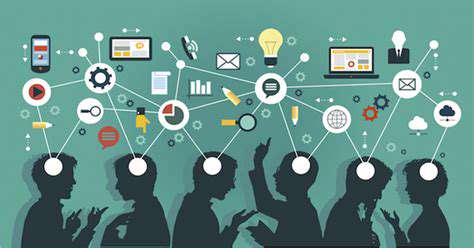
The Automation of Everyday Tasks
Technology has dramatically altered the way we live, impacting everything from communication to household chores. One significant impact is the automation of many everyday tasks. From smart appliances that automatically adjust temperature to robotic vacuum cleaners that navigate our homes, technology has reduced the time and effort we spend on mundane activities, freeing up valuable time for more fulfilling pursuits. This increased efficiency is a key driver of how technology has improved our quality of life.
Enhanced Communication and Connectivity
Modern technology has revolutionized communication, connecting people across geographical boundaries in unprecedented ways. Instant messaging, video conferencing, and social media platforms have shrunk the world, enabling us to connect with family, friends, and colleagues regardless of their location. This seamless connectivity has fostered stronger relationships and facilitated global collaboration, impacting various sectors from business to personal interactions.
Improved Access to Information
The internet has democratized access to information, making knowledge readily available to individuals worldwide. With a simple search, we can access a wealth of information, from academic research papers to news articles and personal blogs. This readily available information empowers individuals to learn, grow, and make informed decisions about their lives.
Transforming Healthcare
Technology is rapidly transforming the healthcare industry, offering advancements in diagnostics, treatment, and patient care. Medical imaging techniques, such as MRI and CT scans, provide detailed insights into the human body, enabling earlier and more accurate diagnoses. Furthermore, telemedicine platforms allow patients to consult with healthcare professionals remotely, improving access to care, especially in underserved areas.
The Impact on Education
Technology has significantly impacted the landscape of education, offering innovative approaches to learning and teaching. Online learning platforms provide flexible and accessible educational resources, allowing individuals to acquire knowledge at their own pace and convenience. Educational software and interactive simulations make learning more engaging and effective. This digital transformation is revolutionizing how we acquire and retain knowledge.
The Evolution of Entertainment and Leisure
Technology has profoundly reshaped the entertainment and leisure industries. From streaming services that offer on-demand movies and TV shows to interactive video games that immerse players in virtual worlds, technology has expanded our options for entertainment. This digital transformation has dramatically altered how we spend our leisure time and enjoy entertainment experiences. The constant innovation in this sector continues to shape the way we relax and engage in recreational activities.
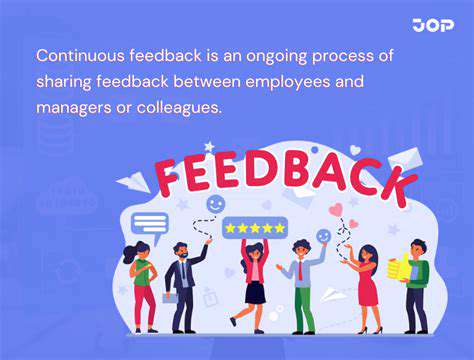
Read more about Personalized Learning: Cultivating Critical Thinkers
Hot Recommendations
- The Gamified Parent Teacher Conference: Engaging Stakeholders
- Gamification in Education: Making Learning Irresistibly Fun
- The Future of School Libraries: AI for Personalized Recommendations
- EdTech and the Future of Creative Industries
- Empowering Student Choice: The Core of Personalized Learning
- Building Community in a Hybrid Learning Setting
- VR for Special Education: Tailored Immersive Experiences
- Measuring the True Value of EdTech: Beyond Adoption Rates
- Addressing Digital Divide in AI Educational Access
- Preparing the Workforce for AI Integration in Their Careers
